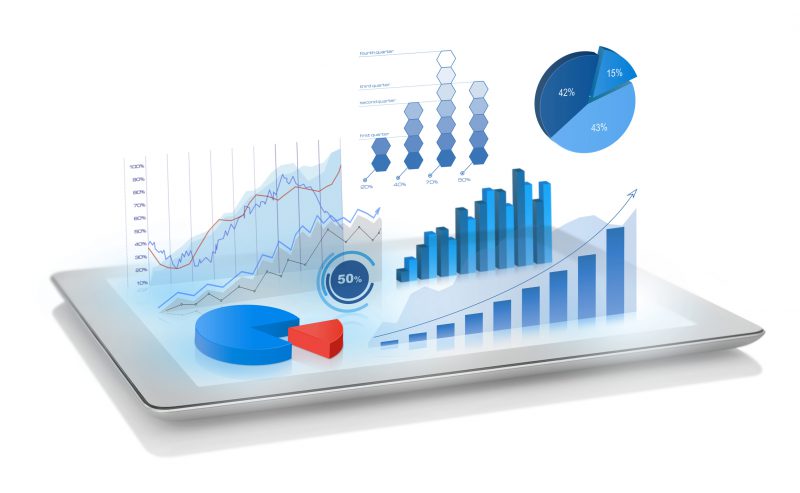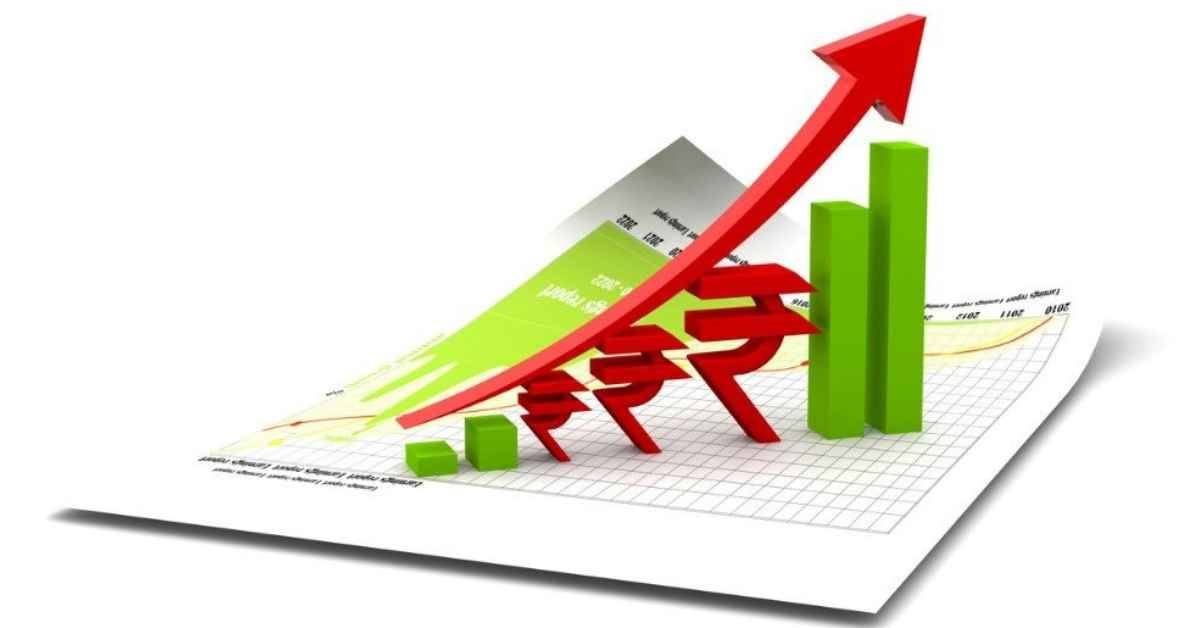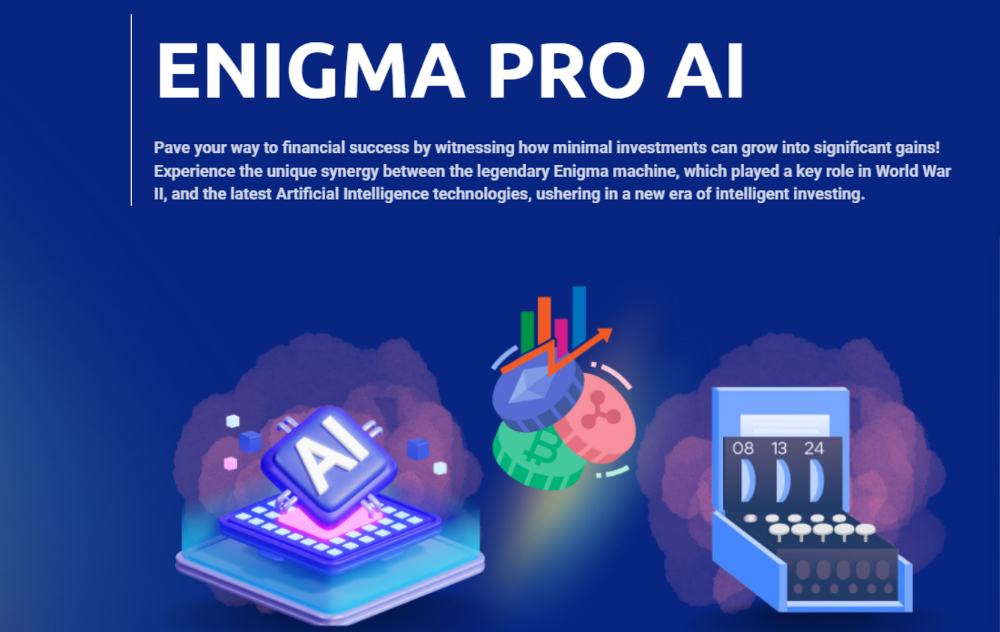The rise of algorithmic trading, also known as algo trading or black-box trading, has significantly transformed financial markets over the past few decades. Here’s an overview of how it has evolved and its impact:
Evolution of Algorithmic Trading
Early Days: Algorithmic trading has its roots in the 1970s and 1980s when exchanges started to use computers for order execution. Initially, these algorithms were simple and executed trades based on predetermined rules.
Advancements in Technology: The proliferation of faster and more sophisticated computers in the 1990s enabled more complex algorithms to be developed. This period saw the rise of high-frequency trading (HFT), where algorithms could execute large numbers of trades at incredibly high speeds.
Data Availability: The increasing availability of financial data, both historical and real-time, allowed traders to develop algorithms based on quantitative analysis and statistical models.
Machine Learning and AI: More recently, the use of machine learning and artificial intelligence has further enhanced algorithmic trading. These technologies enable algorithms to learn from data and adapt their strategies dynamically.

Future Trends
Continued Innovation: Algorithms will become even more sophisticated with advancements in AI and quantum computing.
Regulatory Scrutiny: Regulators will continue to monitor and potentially impose stricter rules on algorithmic trading to ensure market stability and fairness.
Retail Algorithmic Trading: The democratization of algorithmic trading, with more retail investors gaining access to algorithmic tools and strategies.
Ethical Considerations: As algorithms play a larger role in financial decision-making, ethical questions about transparency, bias, and accountability will become increasingly important.
In summary, algorithmic trading has revolutionized financial markets by leveraging technology to automate trading strategies. While offering benefits such as increased liquidity and efficiency, it also presents challenges that regulators and market participants must navigate in the years ahead.










+ There are no comments
Add yours